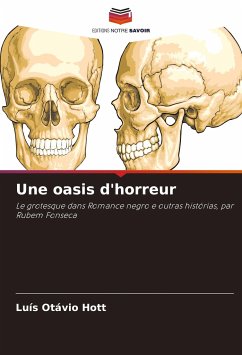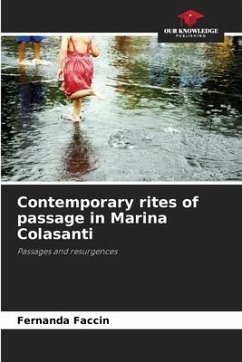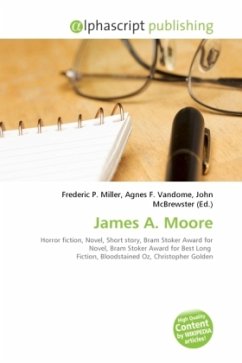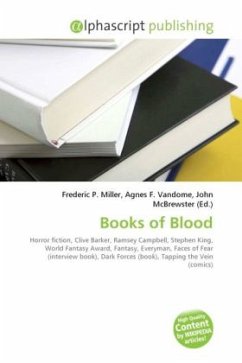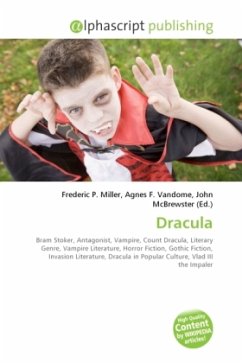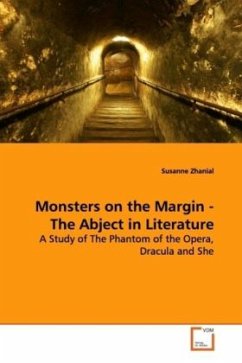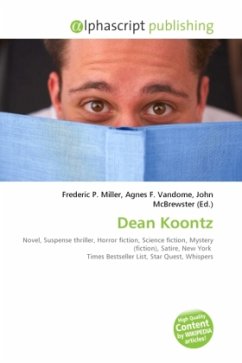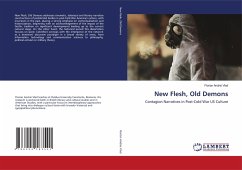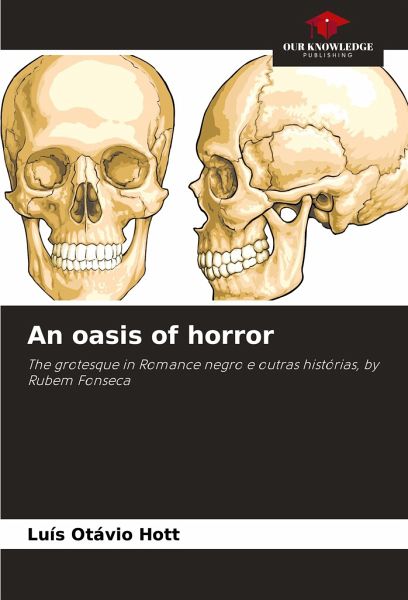
An oasis of horror
The grotesque in Romance negro e outras histórias, by Rubem Fonseca
Versandkostenfrei!
Versandfertig in 6-10 Tagen
36,99 €
inkl. MwSt.

PAYBACK Punkte
18 °P sammeln!
This study aims to analyse the narrative strategies that enable the representation of different aspects of the grotesque in Rubem Fonseca's novel Romance negro e outras histórias, proposing the consideration of the grotesque as a discursive genre, literary aesthetic, attitude and cultural practice, operating from two main paths: the grotesque as a predominant aesthetic representation in contemporary times and the grotesque as a form of transgression of the social codes in force in modern capitalist society.





